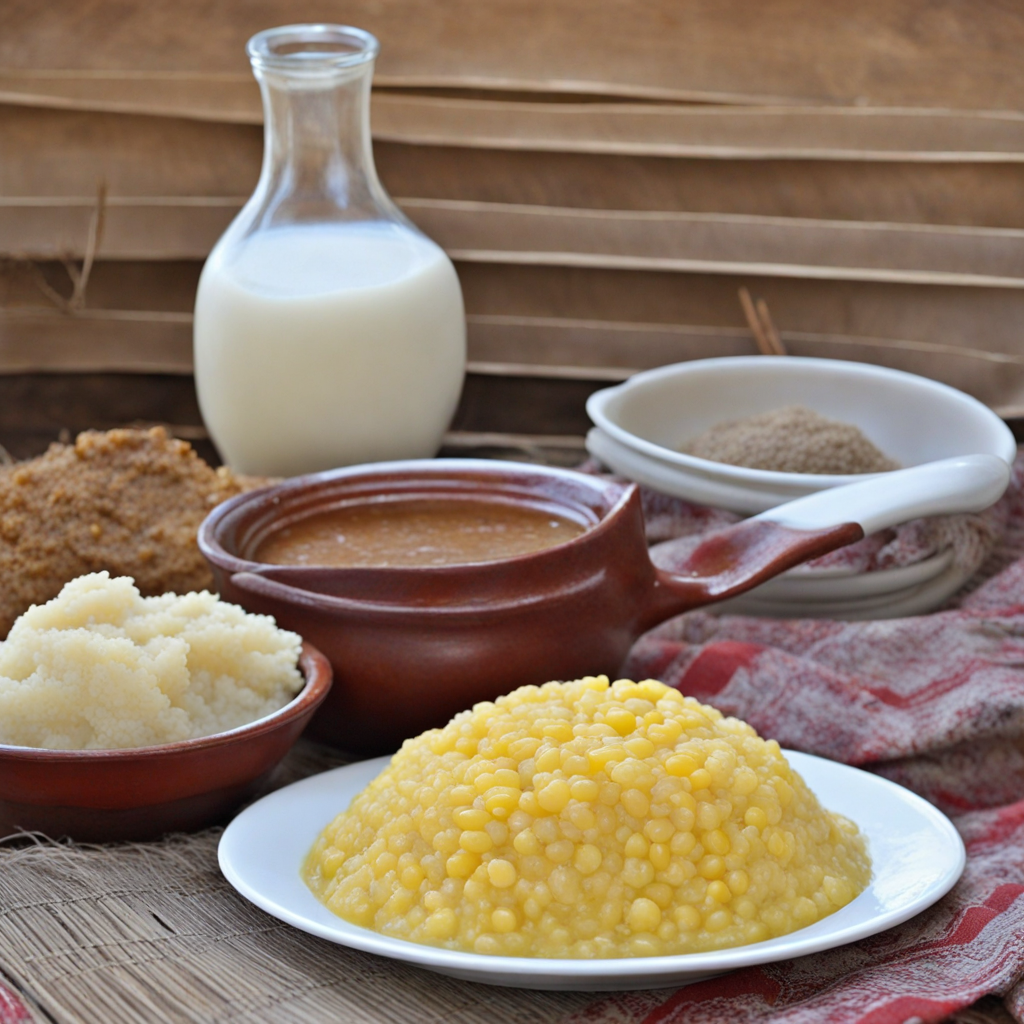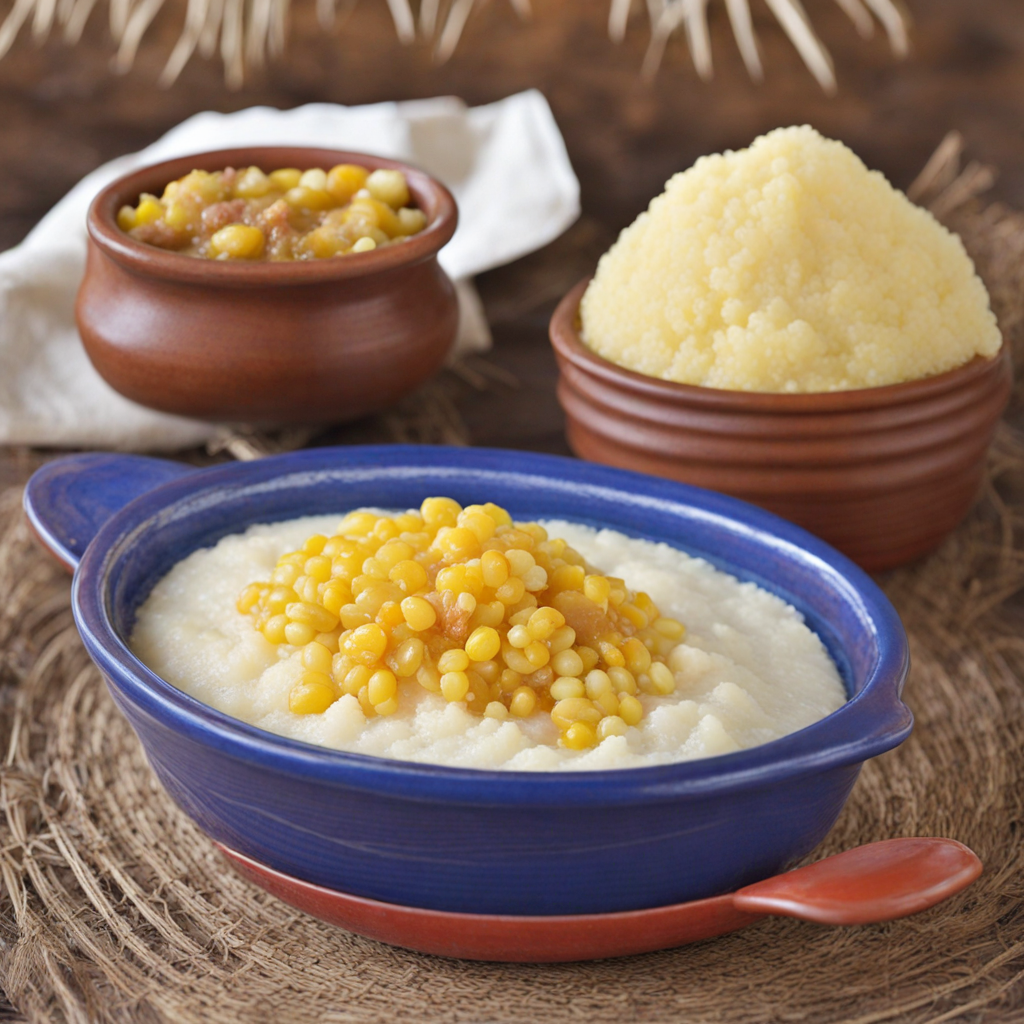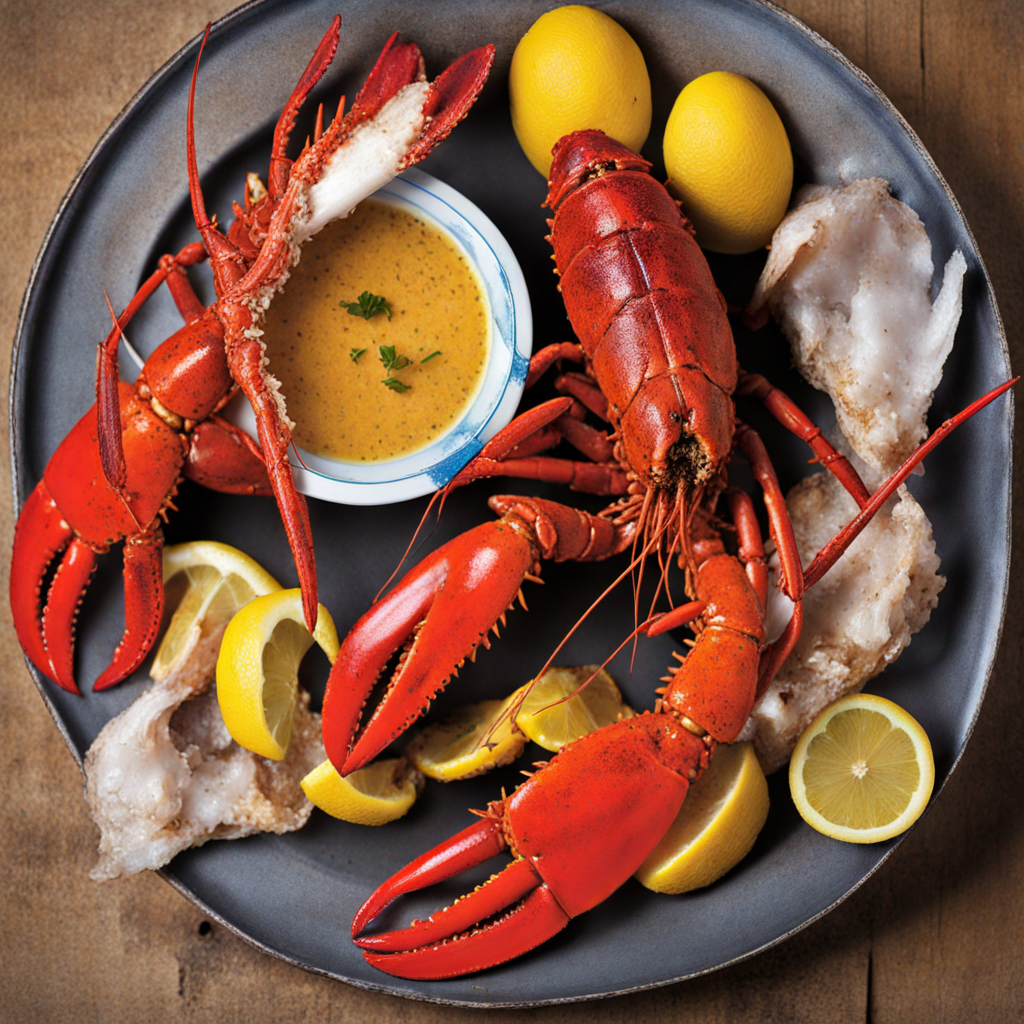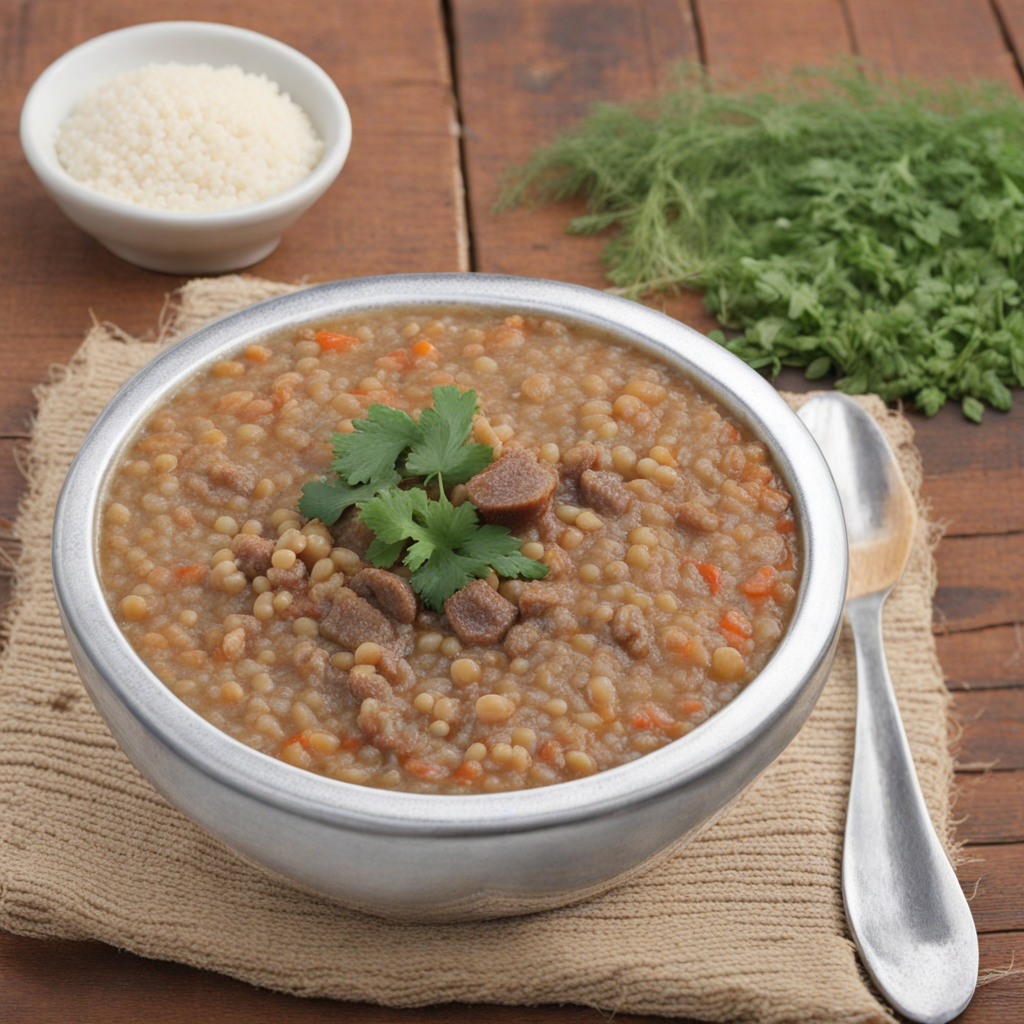Mieliepap
Mieliepap, a traditional staple from Namibia, is a comforting dish made primarily from maize meal or corn flour. This versatile porridge is recognized for its smooth, creamy texture and earthy flavor, which can vary depending on the cooking method and accompanying ingredients. Typically, it is prepared by boiling maize meal in water or milk until it thickens, resulting in a hearty and filling base that can be enjoyed at any time of the day. The dish often has a slightly sweet, nutty undertone, which makes it a delightful complement to a variety of savory and sweet toppings. In Namibian cuisine, mieliepap is commonly served alongside meat stews, grilled vegetables, or rich sauces, allowing it to soak up the flavors of the accompanying dishes. Its neutral taste acts as a canvas, enhancing the overall dining experience. Many enjoy mieliepap with a drizzle of tomato and onion sauce or even just a sprinkle of salt and a pat of butter for a simple yet satisfying meal. It is also often enjoyed with local delicacies, making it an integral part of communal dining and celebrations. Moreover, mieliepap transcends its humble origins, as it is beloved by both locals and visitors alike. It has a significant cultural presence, often featured at gatherings and family meals, where it embodies the spirit of sharing and togetherness. For those venturing to explore new culinary horizons, mieliepap offers an inviting taste of Namibia's rich agricultural heritage and the warmth of its people, making it a must-try dish for any food enthusiast.
How It Became This Dish
Mieliepap: A Culinary Journey Through Namibia #### Origin and Early History Mieliepap, a staple food in Namibia, is a type of porridge made primarily from ground maize (corn) and water. Its name derives from the Afrikaans word "mielies," meaning maize, and "pap," which refers to porridge in various Southern African languages. The dish has its roots in the agricultural practices of the indigenous people of Southern Africa, who cultivated maize after its introduction by European settlers in the 16th century. Before maize became popular, the local communities relied on sorghum and millet as staple grains. The arrival of maize, however, transformed the culinary landscape of the region. The grain thrived in the local climate and quickly became a favored crop due to its high yield and adaptability. The introduction of mieliepap marked a significant shift in the dietary patterns of Namibia and surrounding countries, becoming a vital part of the daily diet. #### Cultural Significance Mieliepap holds a special place in Namibian culture, acting as a unifying dish that transcends ethnic and social boundaries. It is not only a source of sustenance but also a symbol of identity and tradition for many Namibians. The preparation and consumption of mieliepap are often communal activities, bringing families and communities together. In many households, mieliepap is prepared in large pots and served in a communal bowl, emphasizing the values of sharing and togetherness that are central to Namibian culture. It is typically paired with various accompaniments, such as meat stews, vegetable relishes, or even a simple sauce made from tomato and onion. These pairings provide a balanced meal and reflect the diverse culinary influences present in Namibia, from indigenous practices to colonial legacies. Moreover, mieliepap is often served during significant social gatherings, such as weddings, funerals, and community festivals, highlighting its role as a comfort food that fosters connection among people. The dish has become emblematic of Namibian hospitality, with families taking pride in offering mieliepap to guests, signifying warmth and generosity. #### Development Over Time As Namibia's history has evolved, so too has the preparation and consumption of mieliepap. During the colonial era, the dish underwent changes that reflected the complex socio-political landscape of the time. The introduction of modern cooking methods and kitchen equipment, such as electric stoves and maize meal from commercial mills, altered traditional practices. While some families continued to grind maize at home using traditional stone mills, others embraced the convenience of pre-packaged maize meal, leading to variations in texture and flavor. With Namibia's independence in 1990, there was a resurgence of interest in traditional foods, including mieliepap. This period marked a concerted effort to reclaim cultural heritage and promote local culinary practices. Chefs and home cooks alike began to explore the diversity of flavors that could be achieved through mieliepap, incorporating local ingredients such as wild herbs, game meats, and indigenous vegetables into their recipes. In contemporary Namibia, mieliepap is not only a traditional dish but has also found its place in modern gastronomy. Culinary schools and restaurants are experimenting with innovative presentations and flavors, often combining mieliepap with international cuisines to create fusion dishes. For example, mieliepap cakes, grilled mieliepap, or even mieliepap served with rich sauces have become popular in urban settings. This evolution highlights the adaptability of traditional foods, allowing them to remain relevant in a changing culinary landscape. #### Nutritional Aspects and Sustainability From a nutritional standpoint, mieliepap is a valuable source of carbohydrates, providing energy for daily activities. When prepared with fortified maize meal, it can also contribute essential vitamins and minerals to the diet. The dish's versatility allows it to be adapted to meet various dietary needs, whether served as a hearty breakfast, a side dish for lunch, or a comforting dinner. In recent years, there has been a growing awareness of the importance of sustainable food practices in Namibia. Farmers are increasingly turning to organic and traditional agricultural methods, which promote biodiversity and preserve indigenous crop varieties. As a result, mieliepap is not only a dish that nourishes the body but also supports local economies and sustainable farming practices. #### Mieliepap in the Modern Culinary Scene Today, mieliepap continues to be celebrated not only in Namibia but also in neighboring countries such as South Africa, Botswana, and Zimbabwe. Various regional variations exist, each with its unique twist on preparation and serving styles. For instance, in South Africa, the dish is often enjoyed with a thicker consistency, while the Namibian version may be softer and creamier. Food festivals and cultural events across Namibia frequently feature mieliepap, showcasing its enduring significance in the national identity. The dish is often highlighted in culinary competitions, where chefs are encouraged to innovate while respecting traditional methods. This celebration of mieliepap encourages a new generation to appreciate their culinary heritage while exploring creative avenues for its preparation. #### Conclusion Mieliepap is more than just a meal; it encapsulates the rich history, cultural significance, and evolving nature of Namibian cuisine. From its origins as a staple food introduced by European settlers to its role as a symbol of community and identity, mieliepap reflects the resilience and adaptability of Namibian culture. As the dish continues to evolve, it stands as a testament to the importance of preserving culinary traditions while embracing the future. Whether enjoyed in a rustic home or a modern restaurant, mieliepap remains a beloved dish that nourishes both the body and the soul, bridging generations and cultures in Namibia and beyond.
You may like
Discover local flavors from Namibia







